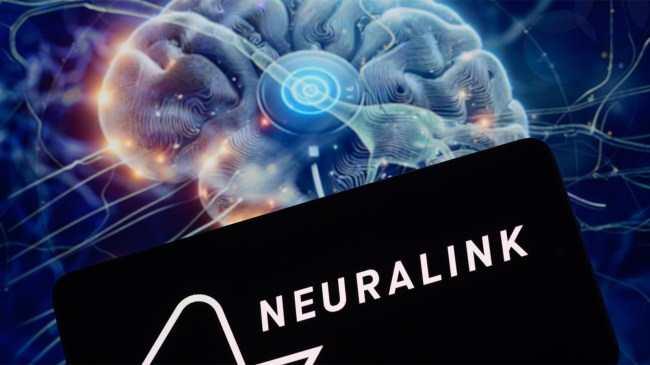Getty Image
Elon Musk announced earlier this month that his Neuralink company had successfully implanted its “Link” brain interfacing chip into a second clinical trial participant.
The participant, only known as Alex, had the chip implanted in his brain at the Barrow Neurological Institute in Phoenix, Arizona, the same location as the first participant, Noland Arbaugh, a 29-year-old with quadriplegia.
In March of 2024, Arbaugh demonstrated how the Neuralink computer-linked chip allowed him to play chess on a computer using just his brain.
Arbaughn said the experience was like using “The Force” from Star Wars and that it had changed his life.
Last week, Neuralink reported on its website that their second clinical trial participant, Alex, was discharged the day after his surgery to implant the chip.
“From the first moment Alex connected his Link to his computer, it took less than 5 minutes for him to start controlling a cursor with his mind,” Neuralink wrote in a press release.
“Within a few hours, he was able to surpass the maximum speed and accuracy he’d achieved with any other assistive technology on our Webgrid task.
“Similar to Noland, our first participant, Alex broke the previous world record for brain-computer interface (BCI) cursor control with a non-Neuralink device on day one of using the Link.
“After the first research session concluded, Alex continued testing the capabilities of the Link independently, using it to play the first-person shooter game Counter-Strike.”
Before receiving the Link, Alex enjoyed playing these games using an assistive device called the Quadstick — a mouth operated joystick with sip-and-puff pressure sensors and a lip position sensor for clicking. However, a key limitation of the controller is that it only has one joystick, restricting Alex to either moving or aiming at any given time. Switching from moving to aiming involves letting go of the joystick and then sipping or puffing into a separate straw to toggle the functionality. Now, Alex is able to use the Link in combination with his Quadstick to move and aim simultaneously, unlocking a more intuitive gameplay experience.
“Just running around is so enjoyable because I can look side to side, and not need to move Quadstick left and right… I can [think about where to] look and it goes where I want it to. It’s insane.”
On day two, Alex “used the CAD software Fusion 360 for the first time and managed to design a custom mount for his Neuralink charger, which was then 3D printed and integrated into his setup.”
This is all good news, especially since Ryan Merkley, director of research advocacy for the Physicians Committee for Responsible Medicine, said “patients should have serious concerns about the safety of Neuralink’s device” in September of 2023.
Reportedly, 15 of the 23 monkeys Neuralink used in testing its brain chip technology died and had to endure “extreme suffering” prior to these human trials.
Prior to its approval for human testing, Neuralink had been investigated by the Food and Drug Administration, the Securities and Exchange Commission, the Department of Agriculture and the Department of Transportation over an assortment of complaints made against the company.

